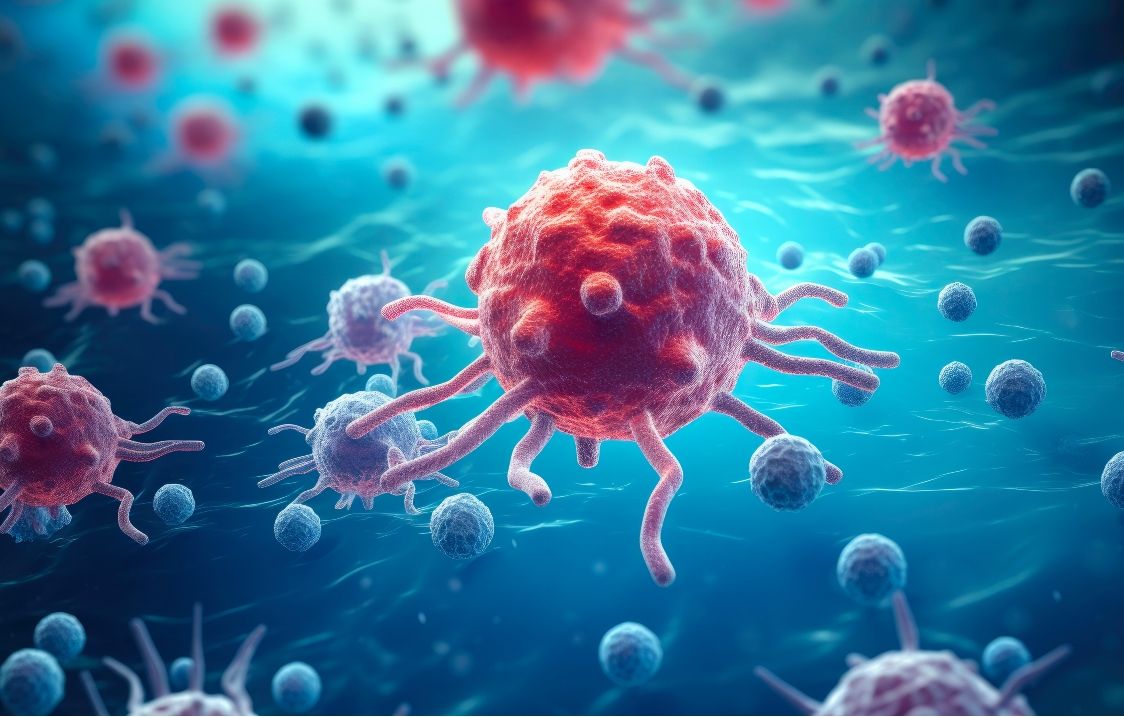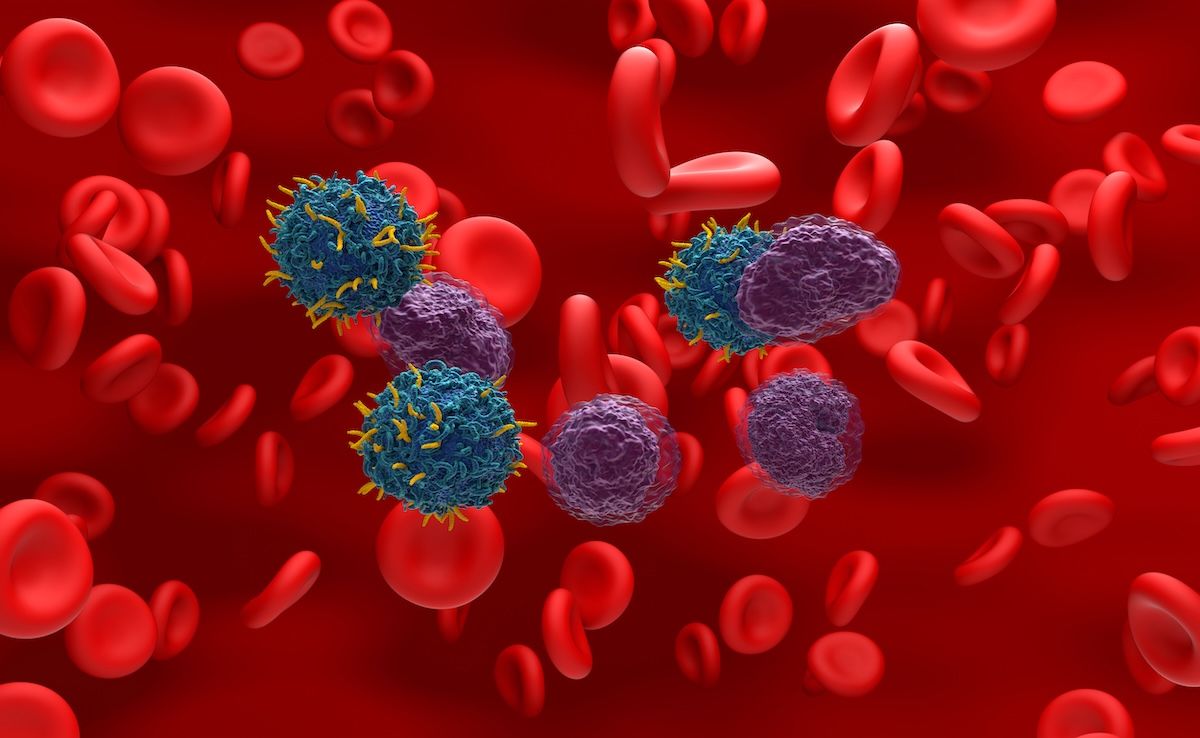Video
Impact of the Phase 3 APOLLO Trial Recent Findings
Key opinion leaders provide an overview of the recent findings from the APOLLO phase 3 study, and consider whether the findings have impacted their treatment algorithm in regards to potential for earlier response.
C. Ola Landgren, MD, PhD: Now we are switching gears to the APOLLO phase 3 trial, which used drugs we have previously used. Ajai, I believe you were the first to publish when you did DARA [daratumumab]–PomDex [pomalidomide, dexamethasone] in your single-arm Blood paper while you gave IV [intravenous] DARA [daratumumab]. The randomized phase 3 APOLLO trial that Meletios Dimopoulos presented at ASH [American Society of Hematology Annual Meeting], DARA [daratumumab] was given subcutaneously. Now I’m going to turn to Rafael: DARA [daratumumab] subcutaneously with PomDex [pomalidomide, dexamethasone], vs PomDex [pomalidomide, dexamethasone]. This was a 2:1 randomization. It was a relatively small study, with 150 or so patients. Does this change your treatment algorithm with the potential to maybe use this as an earlier line in the relapsed setting? How does the subcutaneous PomDex [pomalidomide, dexamethasone] impact you, Rafael?
Rafael Fonseca, MD: I am still digesting these data. They were puzzling to me. There was a little bit of a wet blanket to the idea of using a combination in the patients who have relapsed/refractory.
As the audience knows, the study was positive; the hazard ratio was great. However, if you look at the magnitude of months, it’s not so great. We found the median for the DPd [daratumumab, pomalidomide, dexamethasone] was 12.4 months vs 6.9; this raises more questions than answers. How does this compare with the ALLG MM14 study? Ajai has some data, and I think we need to understand it better. The key question, I don’t care about 1 to 3 lines of prior lines of therapy. I want to know the role of this combination of drugs in the setting of the first relapse, particularly in the US setting, with patients having all the prior exposures to maintenance. Some of that is associated with the trial.
To me, 1 of the most important questions that we don’t have a biomarker that can tell you whether IMiD [immunomodulatory imide drug] resists the system. It is important to note that IMiD resistance is not like TKI [tyrosine kinase inhibitors] resistance and CML [chronic myeloid leukemia]; it’s more of a gradual thing. The dosing formulation and type of IMiD might matter a lot. We saw with BiRd [clarithromycin, lenalidomide, dexamethasone].
BiRd seems to be clearly active in patients with prior exposure and a refractory state; this was really puzzling. I’m still digesting the information for APOLLO. I was to take it at face value. I’d say Ajai is right, and we should abandon IMiD on that setting and just go straight to the DKd [daratumumab, carfilzomib, dexamethasone], which is apparently what he has been doing already.
C. Ola Landgren, MD, PhD: I was trying to steer the conversation away from DKd [daratumumab, carfilzomib, dexamethasone], and it lasted for 2 minutes. Now you steer us back again. Luciano, what do you think: DARA-PomDex [daratumumab, pomalidomide, dexamethasone] or DARA [daratumumab] subcutaneous? Are you convinced this is the way to go? What do you think?
Luciano Costa, MD, PhD: I was surprised with how much steer that trial caused. Maybe I am being overly simplistic, but it was no novelty whatsoever. It’s day to day. Eventually we want to see, but it doesn’t change anything; it doesn’t add anything. It’s almost a copy and paste from ICARIA-MM. Down to the PFS [progression-free survival] of the control arm is being closed by 0.3 months; it was something like 6.9, 6.3.
We have a habit of taking a snapshot of the median PFS and appraising a regimen by that. I seem to have many problems. One is, 1 value describing the performance of the whole cohort. The second part is you can change that tremendously by just tuning in the eligibility. There was a single-arm study that was presented at this meeting [ASH 2020] with a US-based study with DARA-Pom [daratumumab, pomalidomide], which was predominantly first-line therapy where the median PFS was 30 months.
The hazard ratio was around 0.59 or 0.61; very close to ICARIA-MM. This tells us is not that DARA [daratumumab] is less impactful; with Pom [pomalidomide], the hazard ratio is very much in mind with anything you add DARA [daratumumab] to. With LEN [lenalidomide], bortezomib, carfilzomib, the impact seems to be agnostic of what you’re adding DARA [daratumumab] to. That’s not the right trial to appraise Pom [pomalidomide].
I didn’t learn a lot about this trial; I don’t think it informs much of the US practice. We’re going to see more DARA-PomDex [daratumumab, pomalidomide, dexamethasone] used as a second-line therapy. The jury is still out about the patient who is LEN [lenalidomide] refractory who has received 1 line of therapy and is DARA [daratumumab] naïve; are you better off with antibody Kd [carfilzomib, dexamethasone] or antibody PomD [pomalidomide, dexamethasone]? I don’t know how we’re going to answer the question, and I don’t think that has been definitely answered yet.
Ajai Chari, MD: I feel like people are still trying to find Pom [pomalidomide] a niche and making excuses if it was first line. I don’t buy that. This is why we need clinical trials; we can’t compare the PFS of single-arm studies of 30 months with what we’re seeing here. This is reality: You get 1 to 3 lines. We didn’t see in carfilzomib–DKd [daratumumab, carfilzomib, dexamethasone] that the hazard ratio was better only in 1 line. You had a very impressive PFS for all patients, and it’s maintained on all different lines.
It speaks to the need for class switching, particularly when a patient is LEN [lenalidomide] refractory. The impact of APOLLO is not so much APOLLO. The question now is DKd [daratumumab, carfilzomib, dexamethasone] or Isa-Kd [isatuximab, carfilzomib, dexamethasone] vs the quad. As Rafael mentioned, the Canadian study was very interesting. If you’re going to do Pom [pomalidomide]–based salvage regimen with DARA [daratumumab], you need the cyclophosphamide to overcome that LEN [lenalidomide] resistance. They had a very impressive PFS of over 20 months; adding cyclophosphamide is cheap. If you have a patient with cardiac issues or who is inappropriate for carfilzomib, then I would do DARA-POM-DEX [daratumumab, pomalidomide, dexamethasone], because at least you’re getting some value added. I would just remind everyone, in APOLLO the LEN [lenalidomide]–refractory patients with DPd [daratumumab, pomalidomide, dexamethasone] had a dismal PFS; it was under 10 months. That’s completely unacceptable for second-line therapy.
Luciano Costa, MD, PhD: Ajai, I agree with you. We cannot give an excuse for the data; that’s not the idea. The alternative is the cross-drive comparison. The data for this comparison are going to be imperfect no matter what. To your point, there is a clear value of class, and you get to know classes you’re not refractory to.
The data that I find that best challenged that notion—and to me better tell there if is value for Pom [pomalidomide] even in LEN [lenalidomide]–refractory patients—was built in a regimen that I never use and probably never will. This is the PVd [pomalidomide, bortezomib, dexamethasone] data from the OPTIMISMM study. I cannot see myself using that regimen. It is very pragmatic because it takes a limb-refractile population for whom you’re going to use a PI [proteasome inhibitor]: DEX [dexamethasone], right? It shows quite elegantly that there is benefit to adding and in need of a next generation.
I agree with you. To me if we are willing to take the quadruplets up front, there should be no reason why you cannot take in first relapse. DARA-Kd [daratumumab, carfilzomib dexamethasone] is begging for a partner. Maybe DARA-Pd [daratumumab, pomalidomide, dexamethasone] is not the best you can do. You can do better maybe adding K [carfilzomib] to that niche. I don’t think it is a bad regimen either; there are some roles for Pom [pomalidomide] beyond REV [lenalidomide] in combination with DARA [daratumumab in a good subset of patients.





